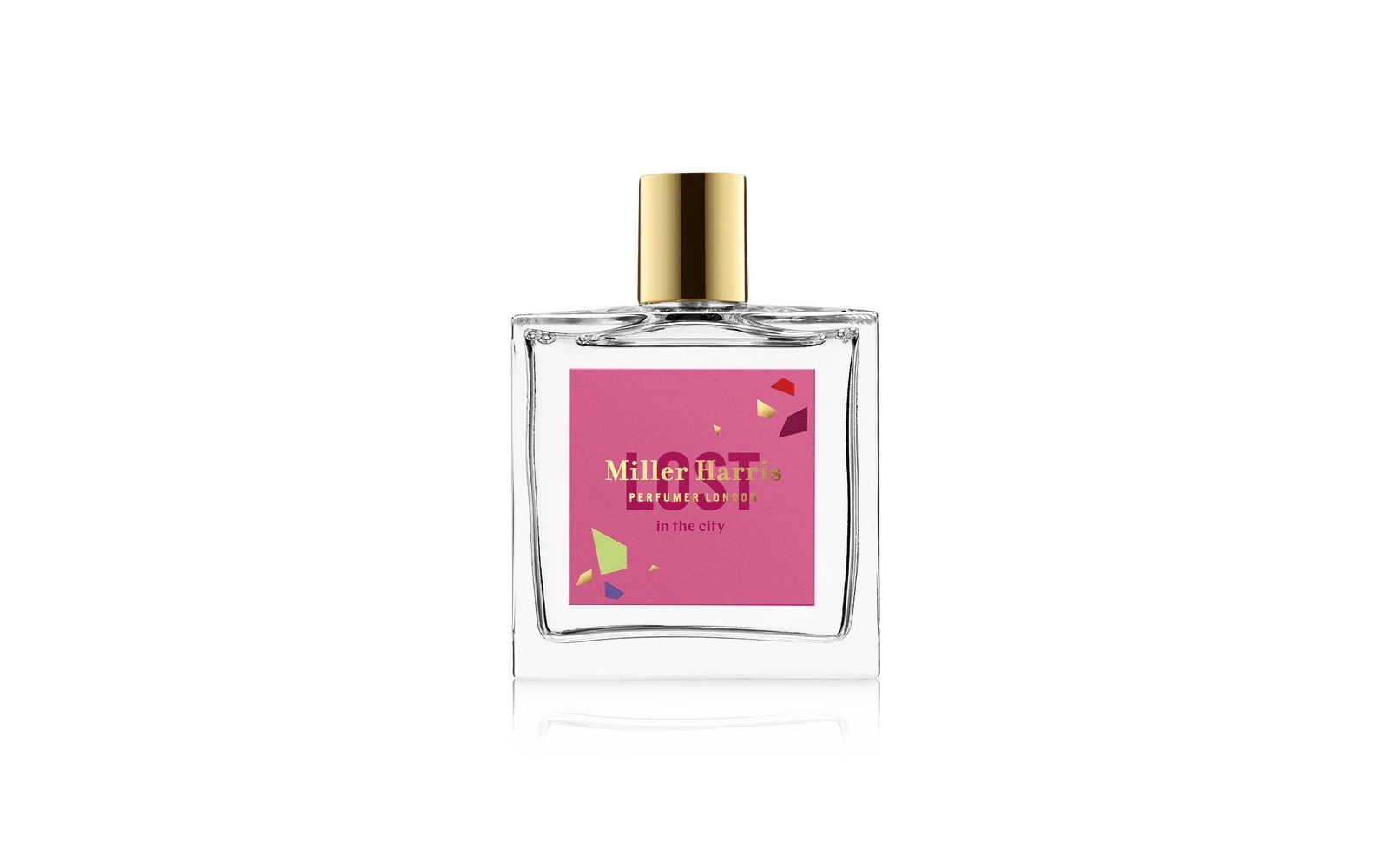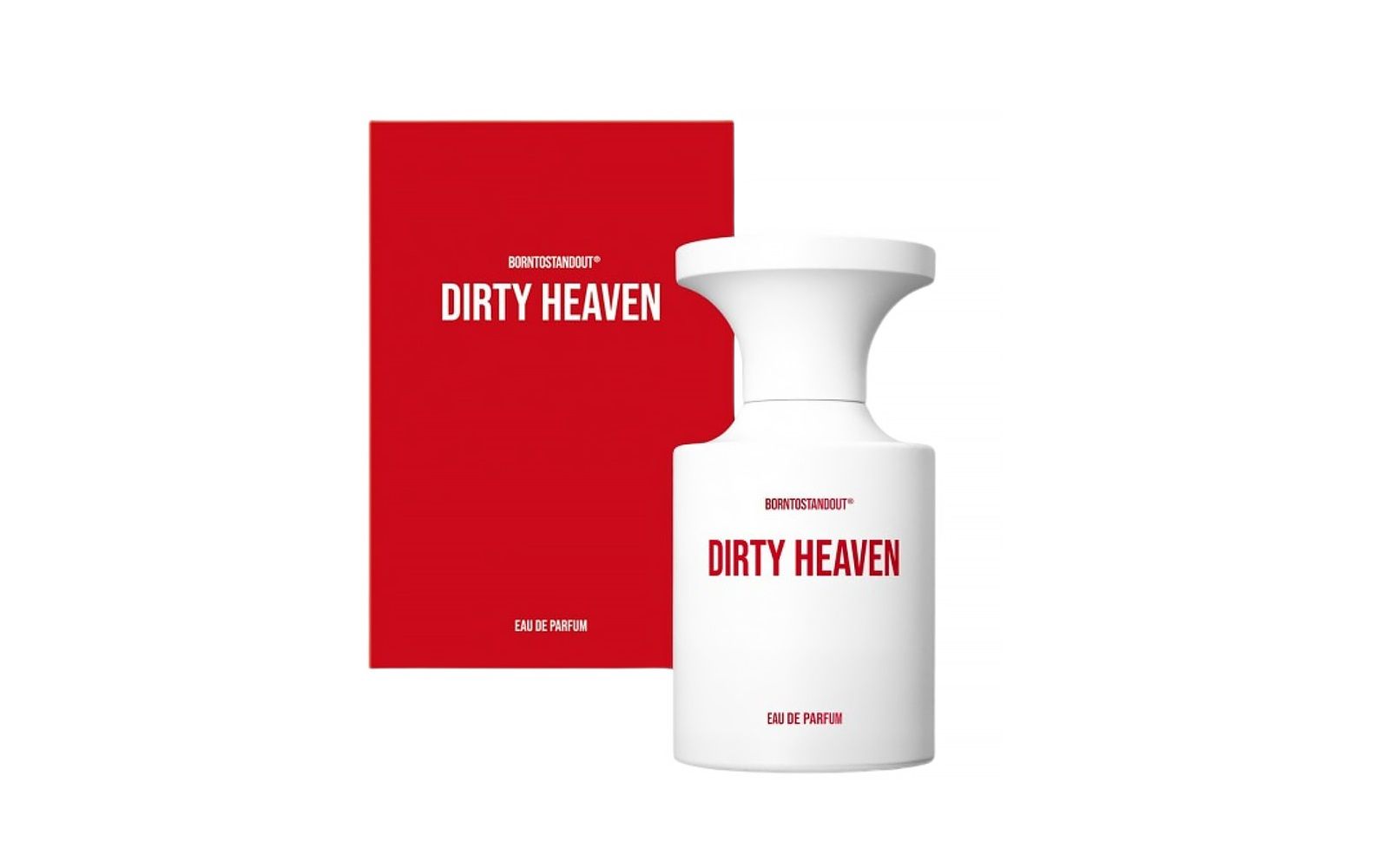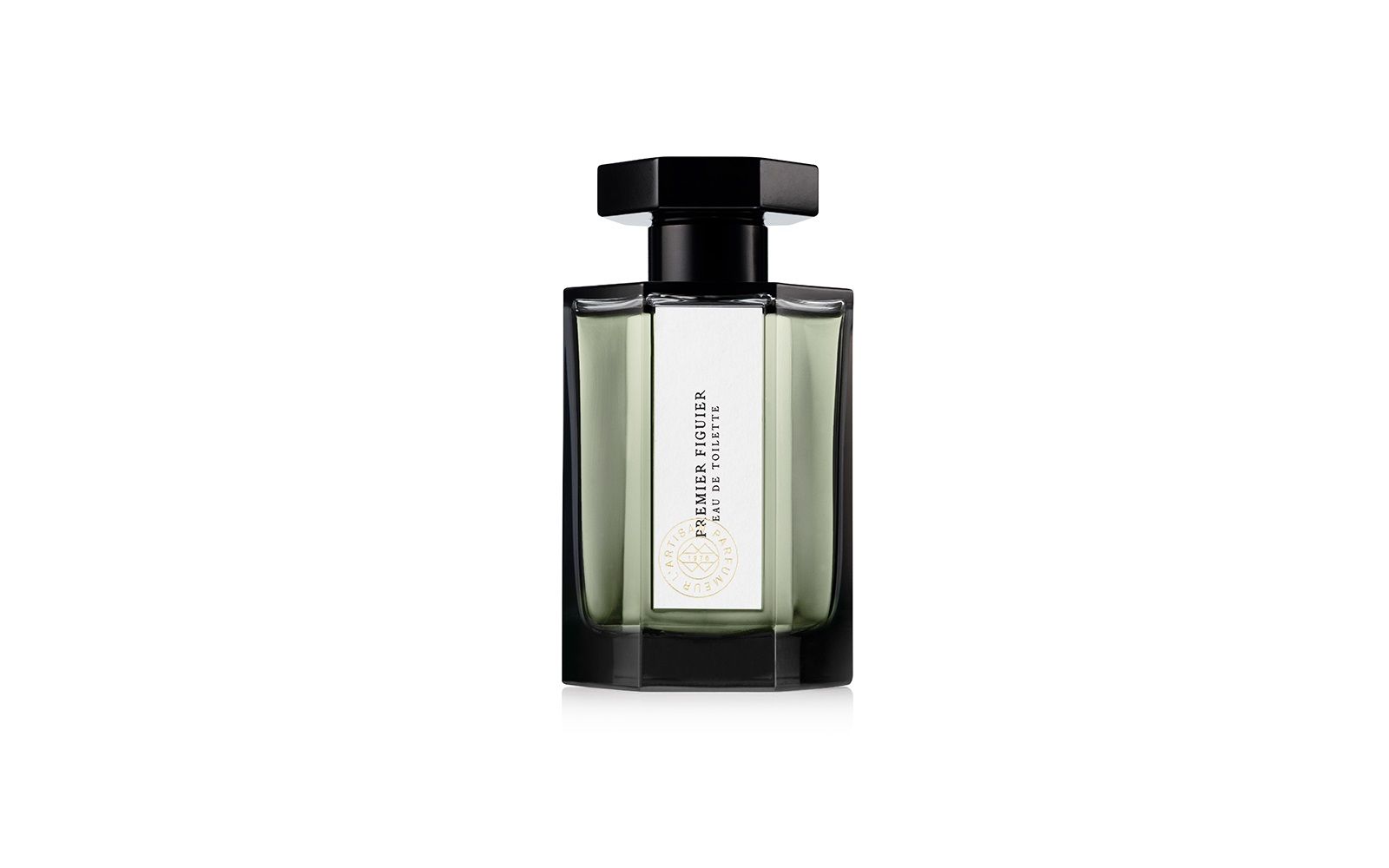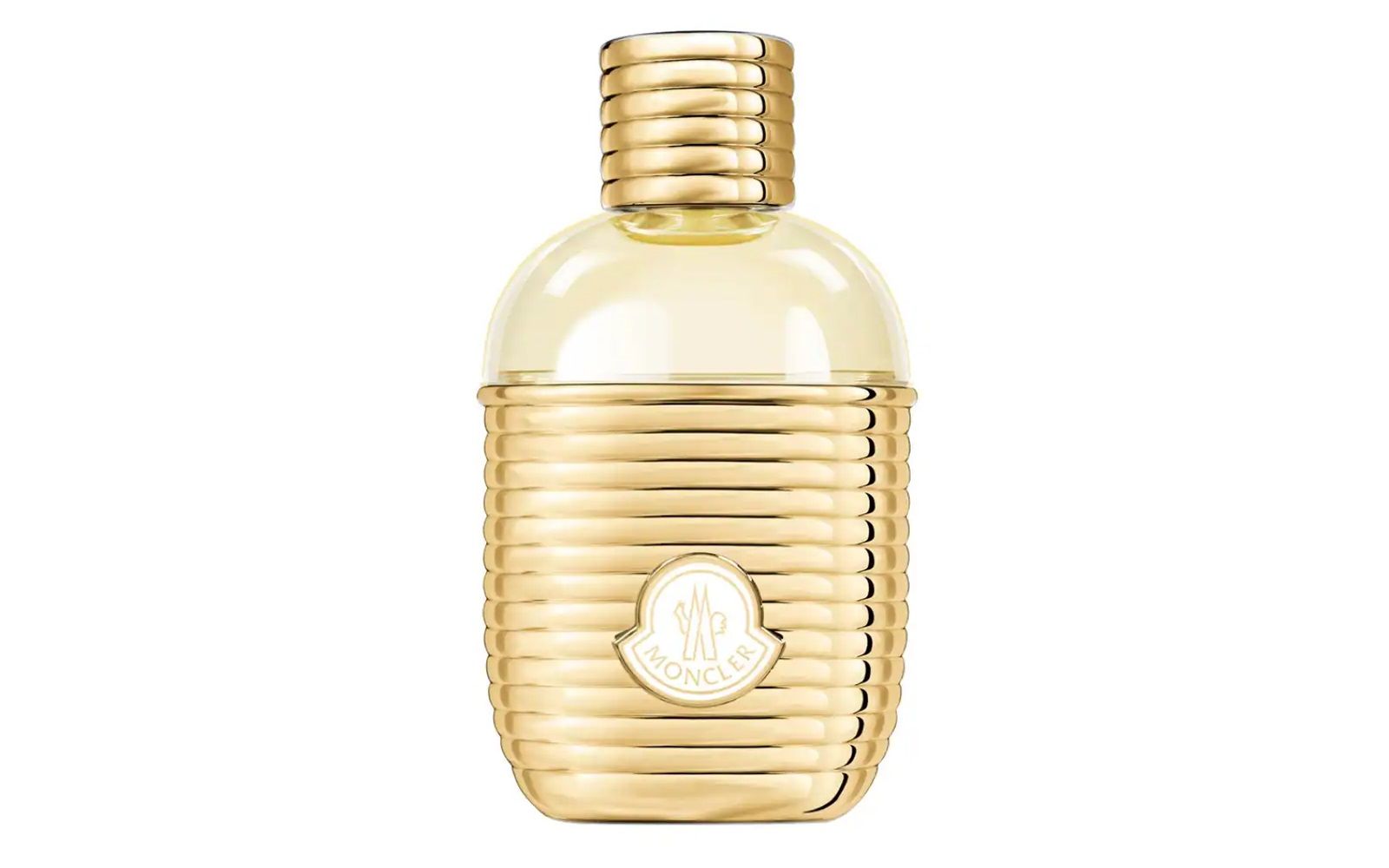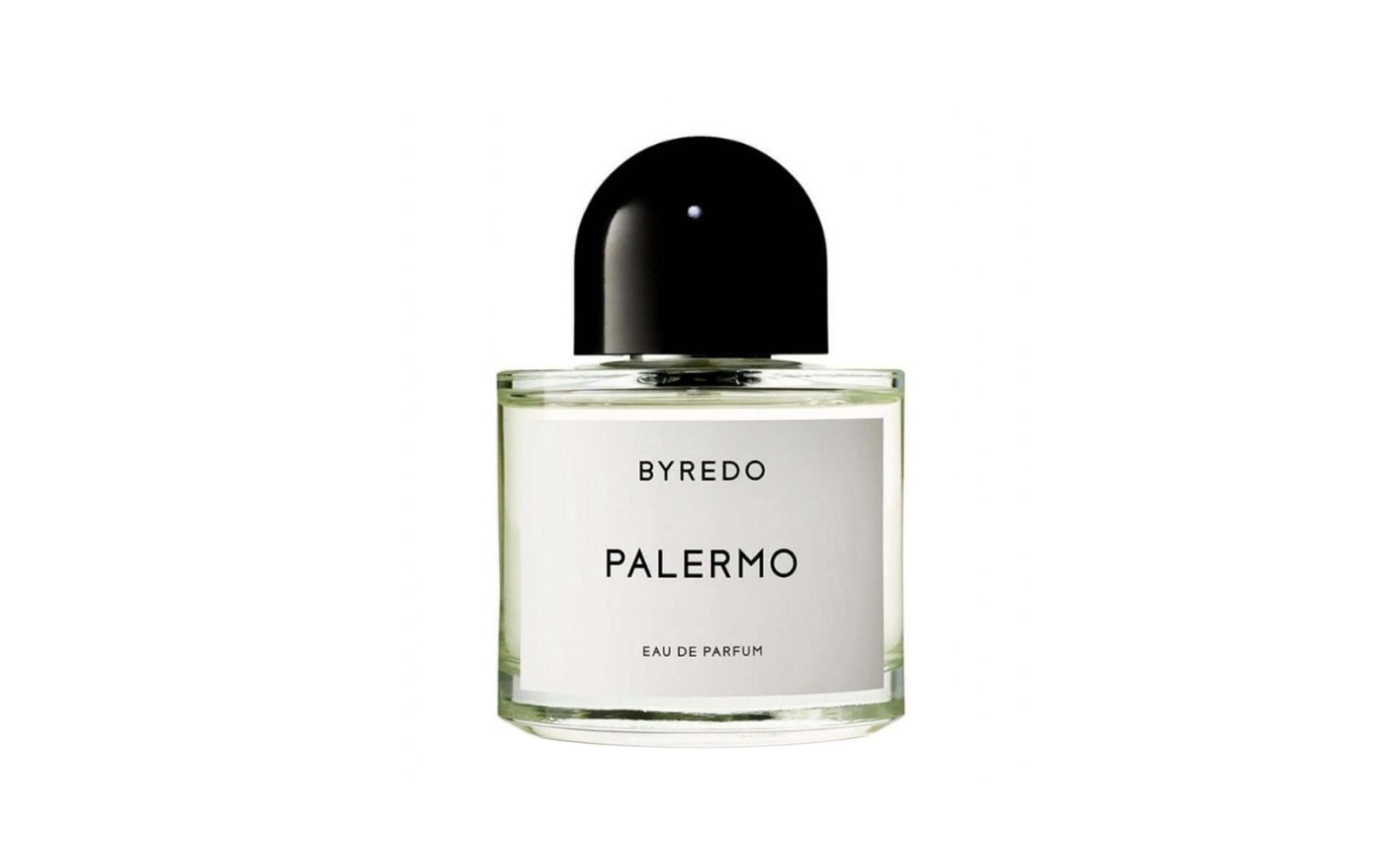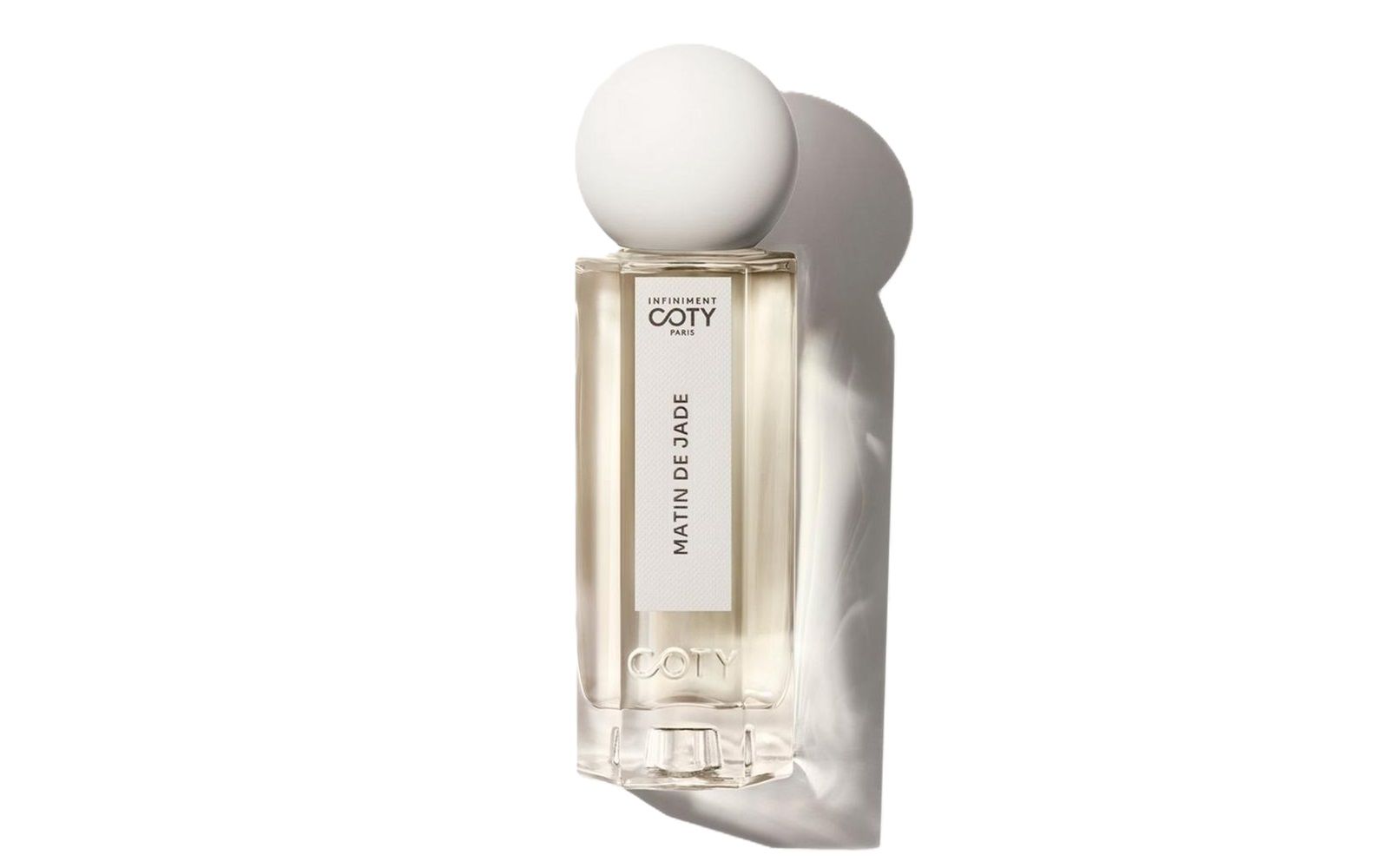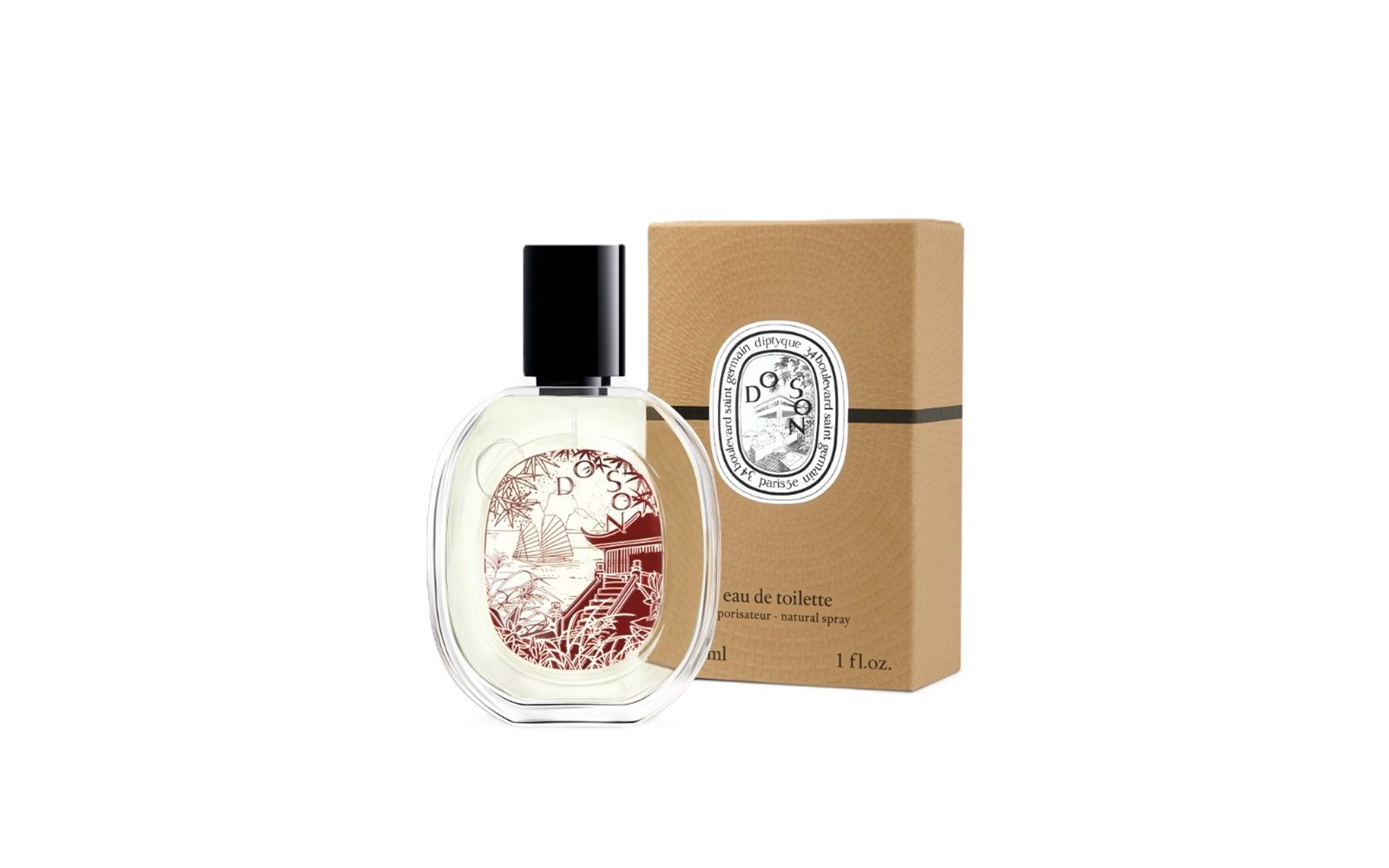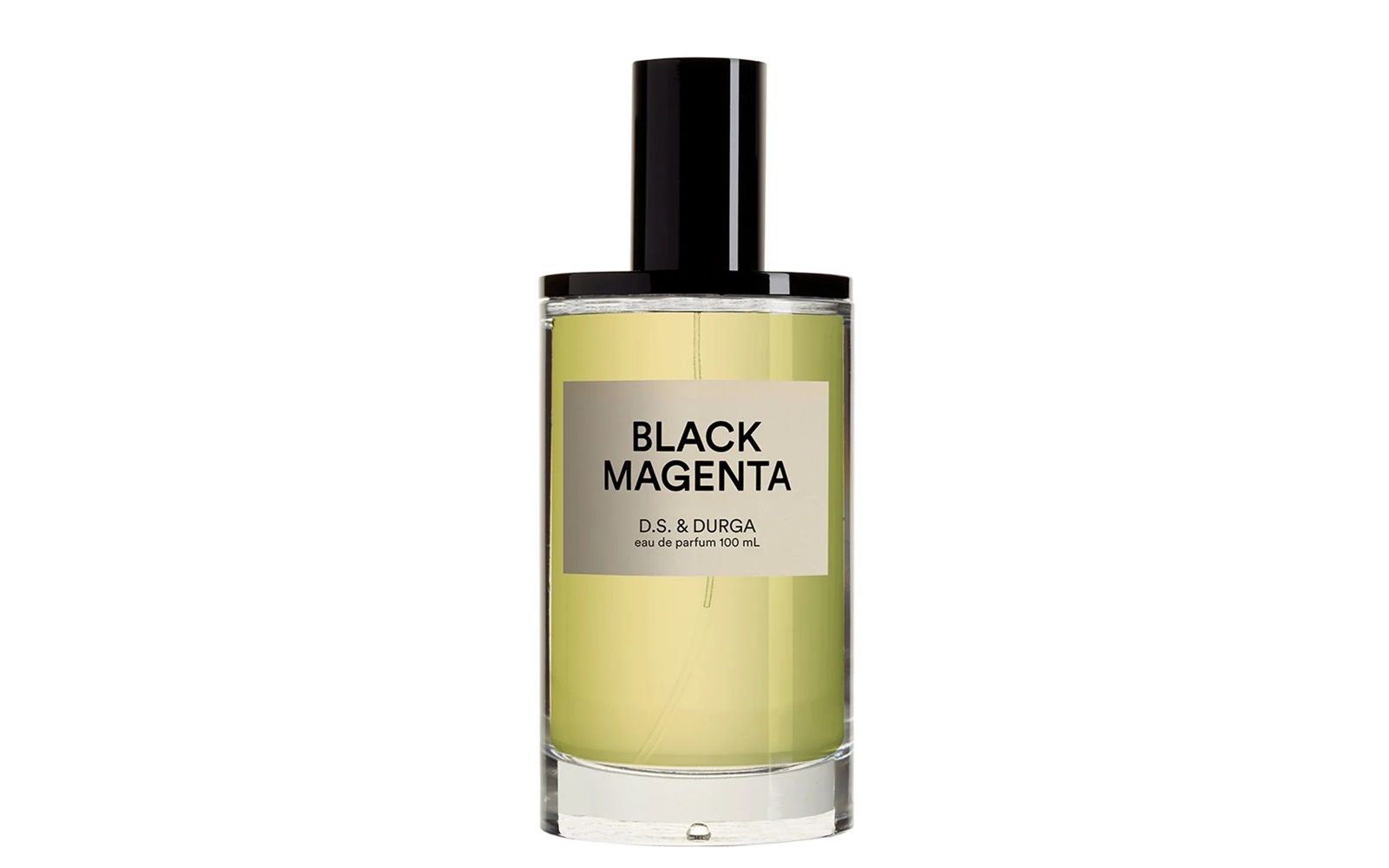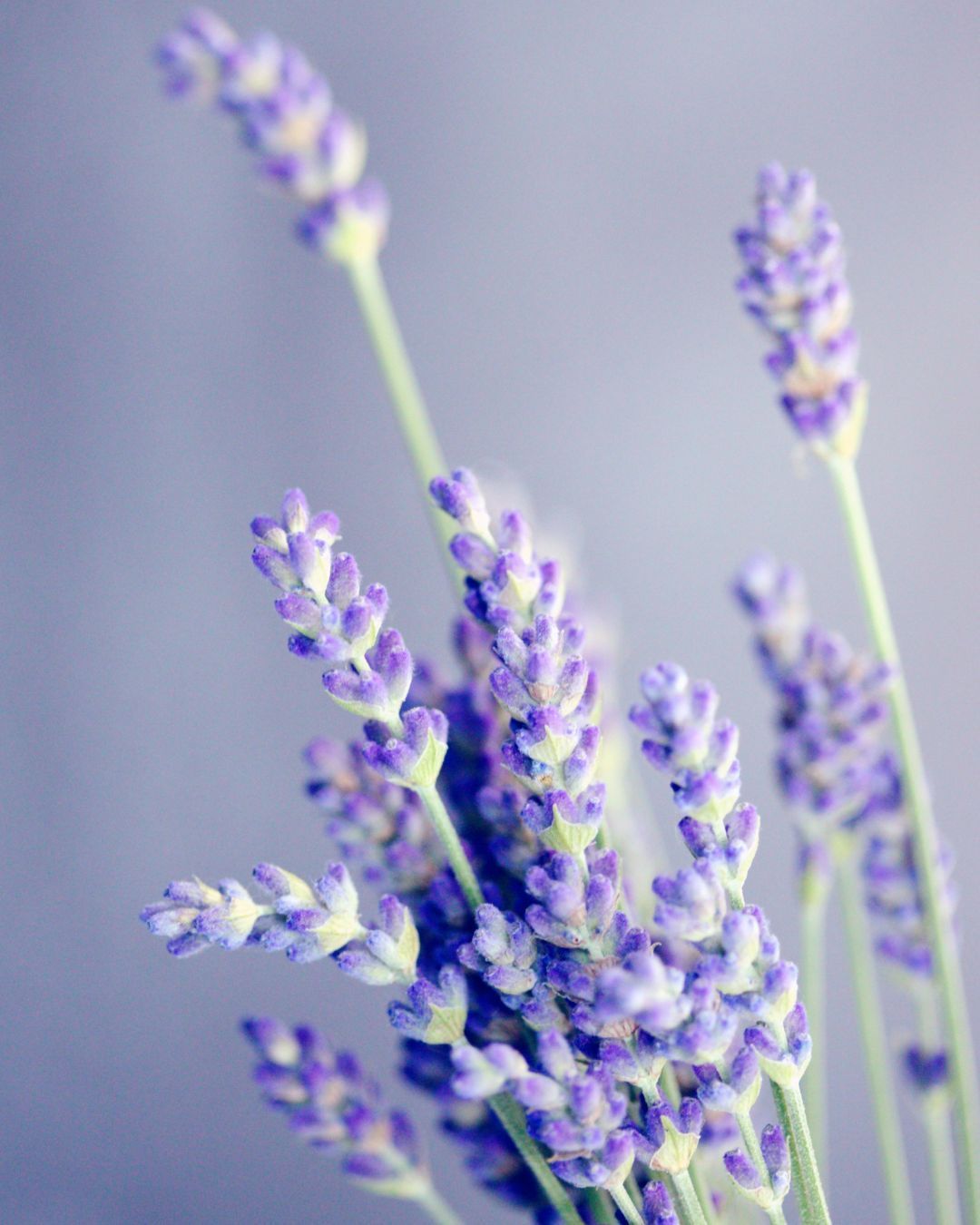
And if it were scents and smells to decide our next vacations? Everything about olfactory tourism, the new trend in travel
You can bottle the memory of a trip. Distilled into a few drops, we encapsulate in a small bottle the lavender fields of southern France, the cliffs of Ireland, the bustling streets of New York, or the basil of Liguria. Occasionally, we remove the cap and let ourselves be transported back to when we were there, immersed in breathtaking landscapes or lost in the backstreets. And if, instead of souvenirs of memories to relive once we return home, we made those essences the center of our travels? What if it were the pungent smell of iodine and seaweed in the dunes of Flanders, the aroma of Ischian lemon groves, or the inviting scent of sweet and savory crêpes in the alleys of Montmartre that determined whether we turned right or left, as if we were following sensory maps that trace the distribution of odors in a city? Then our wandering, experiencing places, and perceiving the world around us would become an intrinsically emotional and visceral experience that tells of traditions, forgotten stories, daily life, and nature. Not limited to seeing, listening, touching, tasting, but using the fifth sense, smell, as a compass is the idea behind olfactory tourism. Thus, after sleep tourism, this seems to be the new trend in the sector.
What is olfactory tourism
As can be easily understood from the name, olfactory tourism means traveling and visiting a place guided by the sense of smell. Scent is at the center of everything, determining the direction of itineraries, shaping what will become memories, and influencing with whom, what, and how we will come into contact during our wanderings. This approach seems potentially able to make vacations multisensory moments guided by a kind of emotional geography where the scent of mint can lead us to visit a certain monument or the stench of rotten fish can cause us to meet one person rather than another.
@miss_evidence The parfume of Buenos-Aires! How the city smells for you? #buenosaires #buenos #buenosdias #argentina #argentina #palermohollywood #buenosdías #traveltiktok Flow - Jeff Kaale
The power of smell
As Rachel Herz, neuroscientist at Brown University and expert in the psychological science of scent, explains, smell is the only sense directly connected to memory and the emotional learning centers of the brain. Among the five senses it is the most developed, able - even at an unconscious level - to evoke sensations, memories, images, catalyzing up to 75% of our daily moods. The set of smells present in an area or the scent of a person, triggers emotions in us that generate pleasant or unpleasant memories, that take us back to the past and affect our mood. This happens because olfactory stimuli have a direct impact on the limbic system, where the amygdala, responsible for emotions, and the hippocampus, responsible for the formation of memories, reside.
Smell invisibly defines the moments and places in which we live
Adriana Madzharov - senior lecturer in marketing at the University of Bath - has analyzed how smell can influence people's behavior, including travelers. Or, conversely, it can be used by the tourism sector to influence travelers. A concept already developed by sensory marketing, which studies how and where to spread a certain scent in the environment to make it more attractive. For example, bathrooms and entrances often smell of lemon because it is common in hygiene products, so we associate those citrus notes with the concept of cleanliness. The aroma of coffee makes people feel more energetic and alert, so it would be perfect to spray in hotel conference rooms to improve the cognitive performance of business travelers. Madzharov's research has also shown that scents can affect people's perception of space: warm ones like cinnamon and vanilla give a feeling of physical closeness, making spaces seem more occupied or crowded; while fresh ones like peppermint and eucalyptus have the opposite effect.
Every country, a scent: the new olfactory destinations
If travel companies and hotels - such as Marriott, Sheraton, and Hilton - have long used precise or customized scents as a branding tool, a recognizable detail that customers can immediately associate with their unforgettable experience, now many museums are doing the same. The Ulm Museum in Germany, together with a team from the EU research project Odeuropa, has selected some artworks that depict odorous elements, such as blooming gardens or a lavishly set table, to be recreated by the perfumers of International Flavours and Fragrances. Thanks to the Follow Your Nose project, visitors can smell the paintings, having a sensory experience of what is depicted that goes beyond sight. The Amsterdam Museum organizes City Sniffers: A Smell Tour of Amsterdam’s Ecohistory, a guided tour complete with a scratch-and-sniff map with different historical smells to experience the city in a different way, from the stench of the canals to the inviting aroma of waffles. Other examples? In 2010, Club Med created for its customers a room where they could smell the scents of the destinations proposed in the catalog, such as Madagascar vanilla or Thai orchids; while Versailles celebrated the 400th anniversary of the birth of Louis XIV's garden architect with the opening of the Cour des senteurs, an area dedicated to the culture of perfume developed with Thierry Wasser, the nose of Guerlain, which includes flower gardens and the Maison des parfums.
Where to experience olfactory tourism in Italy
In the Arabian Peninsula there is the Incense Route of Oman, in Morocco there is the Valley of Roses, and in Italy? There are many possibilities to be guided by scents. You can go to the Amalfi Coast and walk the Sentiero dei limoni, an ancient mule track between Maiori and Minori, or visit the Valley of the Temples in Agrigento, perhaps in March when the almond trees are in bloom. Staying in Sicily, an alternative is the path on Mount Tauro leading to the Castle of Taormina, where all the scents of eastern Sicilian nature blend with the smell of salt air. There are many possibilities to discover, but if we cannot travel physically, we can visit distant lands through the many perfumes inspired by cities or specific places, such as the City Exclusives line by Le Labo that recreate the olfactory mood of various locations around the world, from Amsterdam and Paris to Miami and Tokyo; like Mandarino di Sicilia by Perris Monte Carlo with citrus notes that envelop the senses as if we were on the Mediterranean island; Dirty Heaven by Born to Stand Out, capturing the essence of pleasure, joy, and ecstasy of paradise.



















































